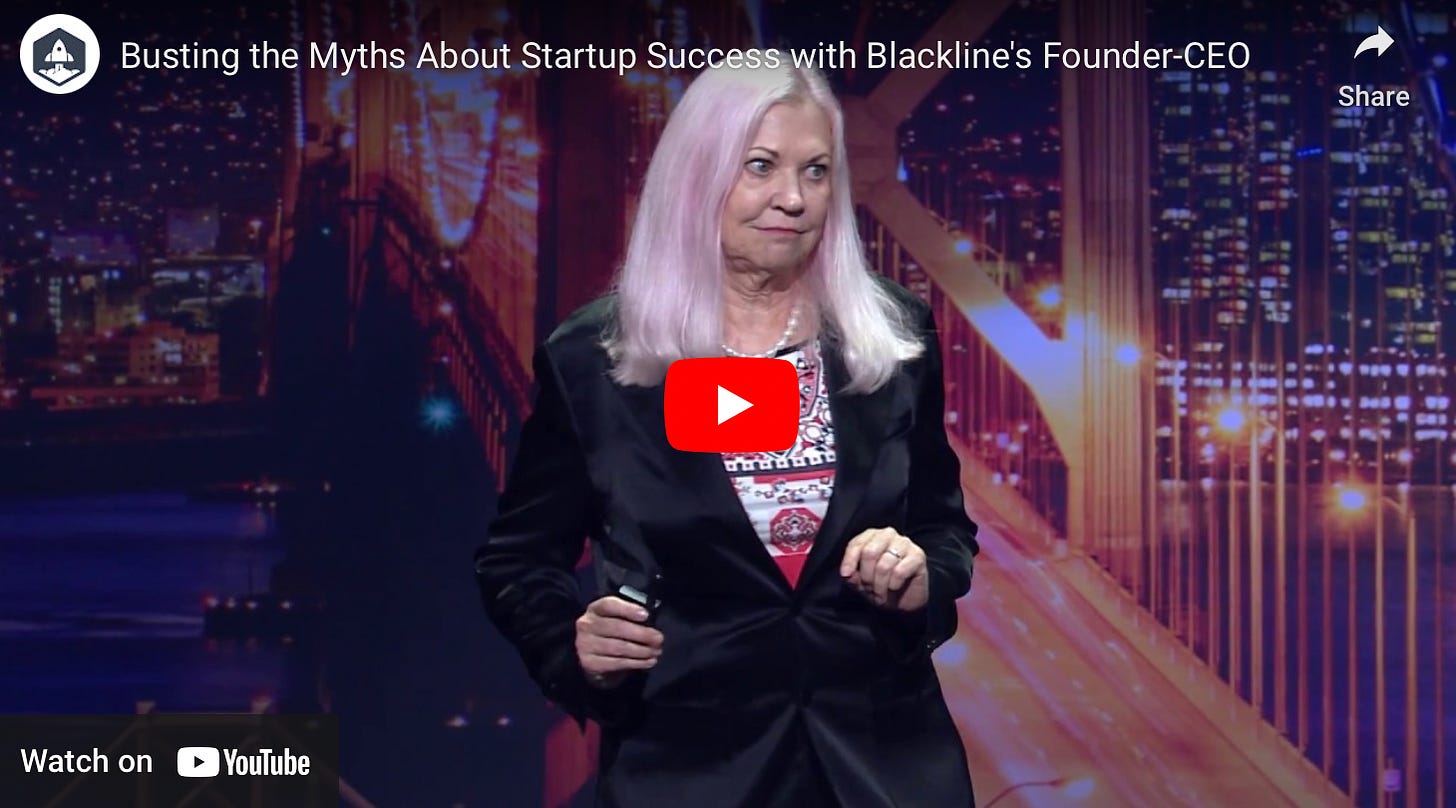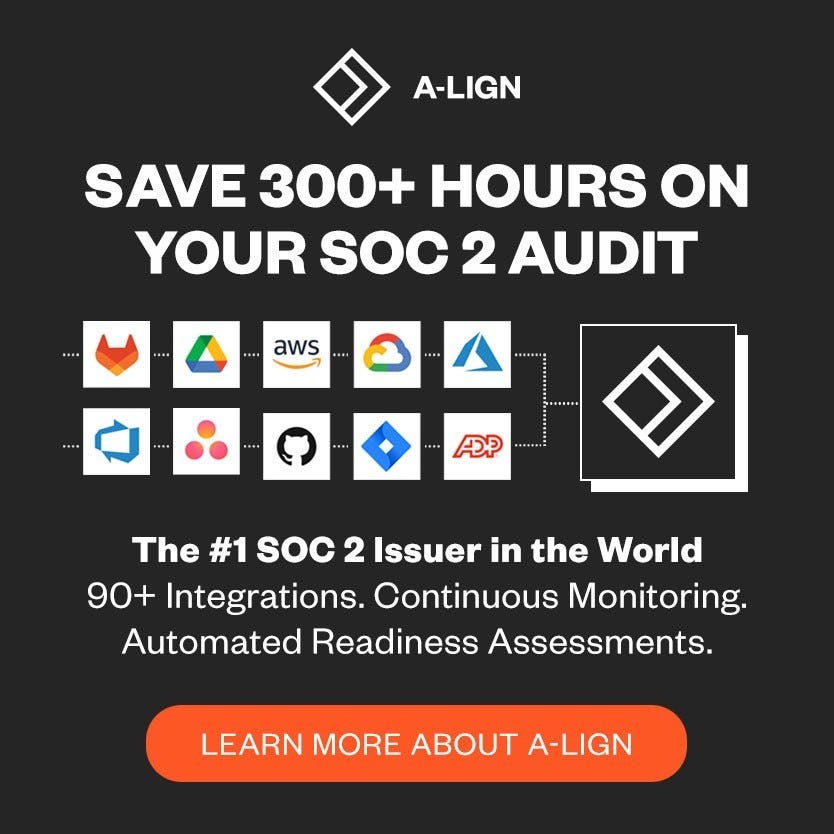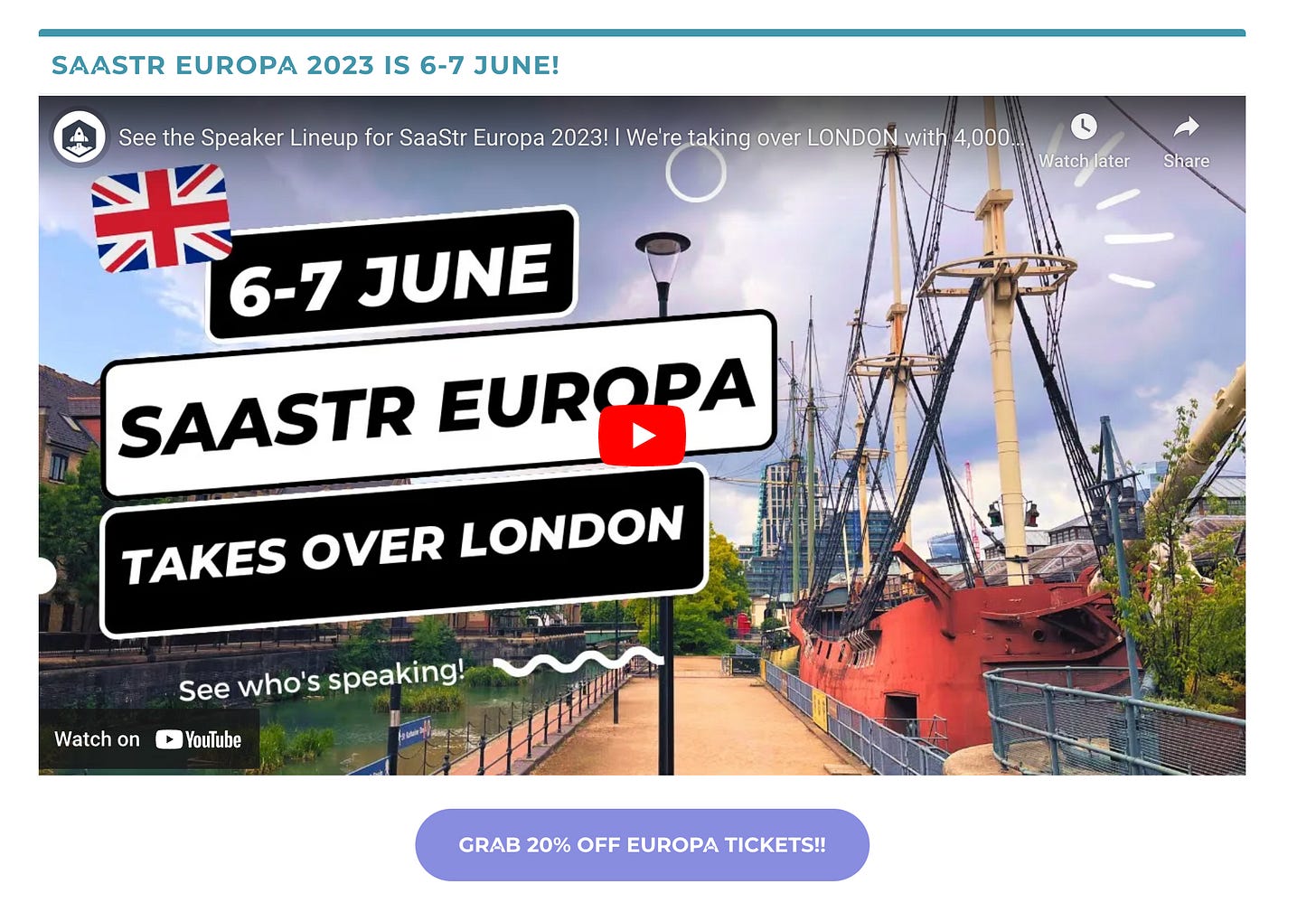How Long It Roughly Takes to Close a Deal in SaaS. And Why.
“Deals with really large companies in the early days often had 3-5 year sales cycles. And then they’d introduce us and 2-3 competitors to their procurement department!”
To get all the best SaaStr content delivered directly to your inbox weekly, subscribe for free here.
Ok, here’s a really rough set of timelines to how long it takes to close an Opportunity in SaaS:
So:
A $5k deal, or say $499 a month, can often be closed in a call or two. Certainly the buying decision that can be made in a day, a week, or at least the same month.
A $20k-$50k deal often takes 2–3 months. At this deal size, there is some real cost to the decision, and often, more work to deploy it internally. A few weeks of discovery of a potential vendor or two, a few demos, internal discussion, and planning. Then a month or so to make the decision, negotiate price, and sign. If there’s a pilot, add that to the timeline. But this deal size isn’t usually large enough to be budgeted in mid-sized and larger companies. There usually is room for at least a handful of discretionary purchases at this deal size, that can happen any time of the year. For example, when I was a VP in a Fortune 500 Tech Company, I had a $400,000 budget for discretionary, additional software purchases a year for my team.
A $100k+ deal is often budgeted and often takes about 6 months. That means it’s on an annual planning cycle in many cases, and will generally have multiple stakeholders. These often take a few months of discovery and some formal vendor comparison. And importantly, the “deal driver” and project owner often no longer own the actual budget itself. It’s their boss’ budget. So there is further negotiation and discussion with the VP/SVP above them that owns the budget, but often not the problem itself (and solution to it) directly. This adds more time. And then, as the deal size gets bigger — add even more time here for procurement in many cases. This often adds 2-4 weeks at the end of any bigger deal, as procurement negotiates price down once again. That’s their job. Budget for it.
A $500k-$1m+ deal often bleeds into the next year. This doesn’t mean it always takes 12+ months to close. But the decision, the formal RFP process, the budgeting, all takes more than 1 year. A decision to buy a $500k-$1m+ piece of software this year has usually already been made the prior year, and often discussed the year before that. If you are the clear leader in the space, and drop into the timing of this process right as the “Ok, Let’s Finally Go” flag is waved, you can close one of these deals in 3–6 months in many cases. But behind the scenes, there usually was a year or more of work on the customer side getting to that point. And thus, a great enterprise marketer is building those relationships often 2+ years ahead of the lead becoming fully qualified.
“Deals with really large companies in the early days often had 3-5 year sales cycles. And then they’d introduce us and 2-3 competitors to their procurement department!” — Therese Tucker, CEO and founder, Blackline:
A great VP of Sales will pull these timelines forward a bit, sometimes quite a bit. And having the clear #1 brand overall or in a key segment helps shorten things, too. But you can’t change the multiple stakeholders, the RFP processes, and the discovery processes themselves.
In the early days, the longer sales cycles will drive you nuts. But then later, as you cross maybe $5m-$10m in ARR, you’ll have more of these deals in the pipeline. And you’ll start to layer and stagger them on top of each other. And you’ll get a bit more zen about sales cycles themselves, and more focused on shortening them as much as possible, and increasing the odds each bigger deal closes
This edition of the SaaStr Insider is sponsored by A-lign.
A few other ideas that can help:
Specialize the sales team early. Do this earlier rather than later. Putting the bigger deals in the hands of folks that get good at them shortens sales cycles and increases the odds the deals close. And putting smaller, higher volume deals in the hands of your quick closers also gets more of them closed as well. No, you don’t need to round-robin every lead forever, or even for very long. Almost everyone waits too long to specialize the sales team. You can do it even at $2m ARR. A bit more here.
Don’t fear the RFP. Get good at them. RFPs are so much work, and sometimes, the game is already rigged against you. But as you specialize the sales team, find a way to get them some help on RFPs. Getting good at them helps a lot in larger deals.
Don’t fear pilots. Get good at them. If you hate pilots because they often don’t close, maybe instead of avoiding them, you should get better at them. Hire a team to own pilots and deployments, at least 1 to start.
Embrace SOC 2, Security Audits, etc. Get ahead here — not behind. If you want to go enterprise, stop explaining why you aren’t SOC-2 compliant, or dragging your feet on security audits. Just get compliant, and get good at the related processes. This will materially decrease sales cycles, and increase win rates.
As CEO, talk to more prospects. Customers love, love, love to talk to the CEO. Try to talk to as many prospects as possible. Give the sales team a quota of how many deals they can bring you into, without feeling like they are “bothering you”.
Bring Customer Success into bigger deals earlier. Treat larger deals as deals you just have to win, and bring in customer success early, so there’s more help covering more stakeholders, questions, and potential deployment.
Hire a VP of Sales that is best at your core price point. A VP of Sales with a ton of enterprise experience won’t be great at the high volume of smaller deals. A VP of Sales with a background in transactional sales will get frustrated with the demands of larger deals. No one is great at all of it, but try to hire a VP of Sales who has the most experience with the core ACV you’ll have in, say, 12 months from now. A bit more on this here.





Very helpful. Additionally on prem on customer's cloud host means you will need to be Containerized for quicker distribution and onboarding. Like the Sox compliance idea.
Makes me rethink about pricing here especially early stage startup, it can easily become analysis paralysis.